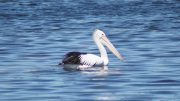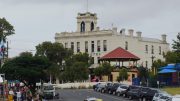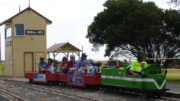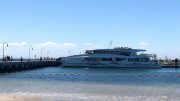The Wathaurong People lived in the Portarlington region for thousands of years, and it appears they lived on mussels which the town is now so famous for. There have been various archaeological finds over the years which have discovered hunting tools and shells throughout the Portarlington area.
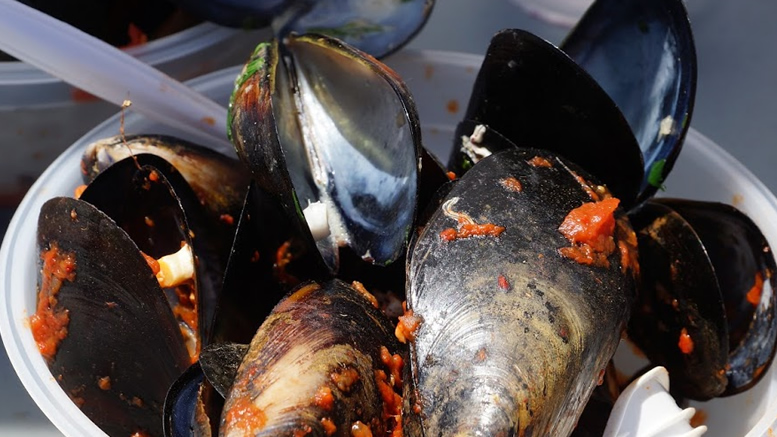
The first British exploration of Portarlington was by Lieutenant John Murray and his team in 1802. Shortly after while surveying the Australian coastline, Matthew Flinders camped at Indented Head and also visited the area which is now Portarlington and Point Richards. The Surveyor-General, Charles Grimes, visited in 1803 aboard his ship the Cumberland and met with the local aboriginals. He traded food and utensils and maybe even small pox which infected the tribe.
Escaped convict William Buckley lived around the area with the Wathaurong people for 32 years from 1803. It was not until 1835 that the next European visitor arrived in the area when John Batman established a camp at Indented Head.
The area was originally called Drayton but later changed to Portarlington in honour of Sir Henry Bennet, 1st Earl of Arlington. Some people say the area was actually named after Portarlington in Ireland as there were many Irish in the area.
One of the earliest known settlers around Portarlington was Henry Baynton, a butcher who moved from Hobart in the 1840’s. He set up a cattle shipping service between Portarlington and Tasmania which was then known as Van Diemen’s Land.
The steam-powered flour mill opened in 1857. The mill owners built a private jetty and shipped in grain from Geelong to process it and return it as flour and bran. Thanks to this mill Portarlington was soon regarded as the granary of the Victorian colony. The mill later became a successful brick works and is now a National Trust Property and open to visitors. Portarlington soon started to flourish with a post office opening in 1863, and many more amenities. Portarlington’s piers became a hive of activity around this time with steamers shipping goods and passengers around the bay.
The steamers played an important role in Portarlington. They served as an important method of transport for the Bellarine Peninsula. The steamers proved to be the best way of getting supplies to the region as well as the regions produce and stock to Geelong, Melbourne and beyond. The steamers also brought visitors to Portarlington to enjoy the beautiful seaside and to the public bathing house. People were prohibited to bathe in open beaches as it was seen as rude, unlike today where you can wear just about nothing in public.

A school, churches, halls and other public buildings opened during the 1870’s and 1880’s. The town even had a horse racing track which was originally built near the mill but moved to create the Portarlington Turf Club in 1883. The track had a major sand problem and in 1906 it closed. The Portarlington Golf club has had a much more successful time, opening in 1909 the club is one of the strongest in the Geelong region and offers some magnificent views of the surrounding peninsula and bay.

